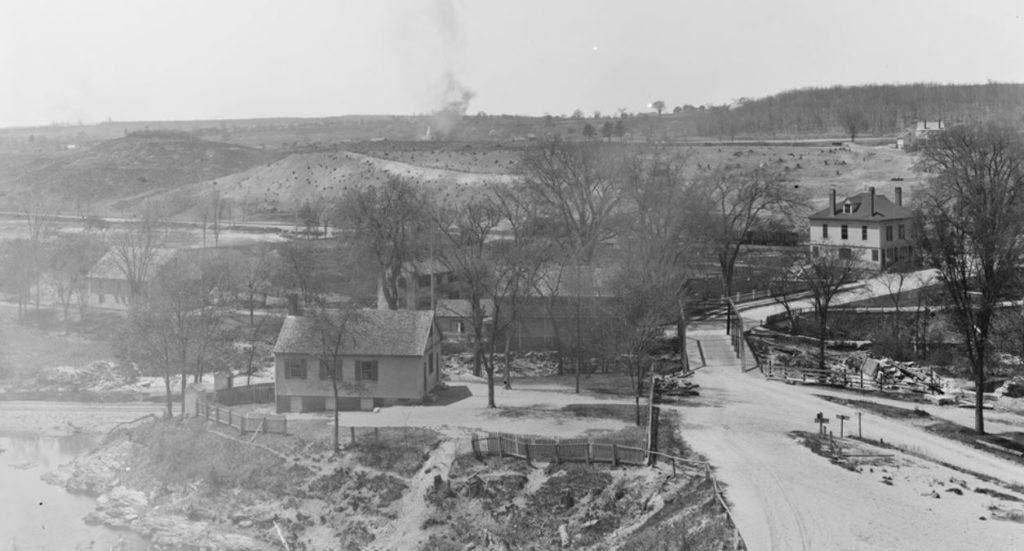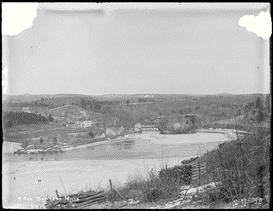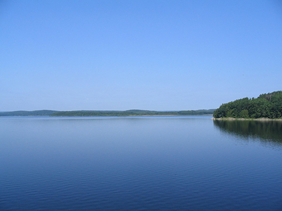The Forgotten Stories of Boylston, Mass.
Researched and presented in collaboration with students at Worcester Polytechnic Institute

Boylston was first settled in 1706 by the Sawyer family, who had prominent influence in the town up until the formation of the Wachusett Reservoir in the late 1800s (Rice, 1900) . After this, the town’s population expanded to include soldiers of both the Revolutionary War and Civil War, which instilled a deep history into their descendants, and to this day Boylston remains historically important in the heart of Massachusetts.
According to Augustus Flagg’s account in Abijah Marvin’s book, History Of Worcester County, Massachusetts, Embracing A Comprehensive History Of The County From Its First Settlement To The Present Time, With A History And Description Of Its Cities And Towns, Boylston was a growing town boasting sawmills, train stations, churches, post offices, and many farms and dwellings, at the time of publication in 1879. Many townspeople were farmers who were descendants of soldiers who fought in the Revolutionary War.
The town of Boylston was named in honor of Ward Nicholas Boylston giving a grant to help construct the Town Hall as an example of the family’s philanthropy (Boylston Historical Society, n.d.; Boylston (Mass.), 1887). In fact, the history of this town is older than the United States, dating back to 1643 with the incorporation of Boylston as a parish in 1742 (Marvin). As rich a history as Boylston had, everything changed for the town and its residents in the late 1800s and early 1900s when the Wachusett Reservoir was deemed essential to supply Boston with water.
Historic preservation of reservoir regions was not considered important until the mid-1900s; Thus, resulting in a lack of large-scale preservation of Boylston’s history before and during the formation of the Wachusett Reservoir. Most of the homes, mills, stores, and post offices were demolished, with the exception of the Bridge at Sawyers Mills and the townspeople were required to relocate with minimal government assistance to help them do so (McGregor & Associates, P.C., n.d.). Furthermore, the destruction of the natural landscape, such as trees, ponds, and natural agriculture was a result of the inconsideration of the environment for these locations by the reservoir surveyors. This is described by J.G. Jack, who wrote about a unique form of mistletoe found in Boylston in 1900. This “small mistletoe” or Arceuthobium pusillum, was believed to be rare and not found elsewhere in Massachusetts. Jack manages to explain the destruction of Boylston from first-hand experience as he describes the fate of the mistletoe: “the mistletoe at Boylston…is now nearly extinct, and will soon be completely eradicated…the host-plants and other trees and shrubs were cut and burned to clear the ground for surveyors, and only a few small fragments of the mistletoe-bearing host escaped alive,” (Jack). With the destruction and submersion of much of the original town of Boylston, little more than photos and memories of the once populated area have been left behind.


Pictures of Boylston Before and After the Dam:
Before and after of Boylston during the construction of the Wachusett Reservoir. On the right shows Sawyer’s Mill, a prominent business, in 1897 and on the left ahows what it looks like today. (J.L. Hildreth & Massachusetts Metropolitan Water Board, 1897; Martinde, 2007)

“The Forgotten Stories of Boylston”
was researched and presented in collaboration with Students at Worcester Polytechnic Institute
All content ©2021 Before There Was A Dam or respective brands
